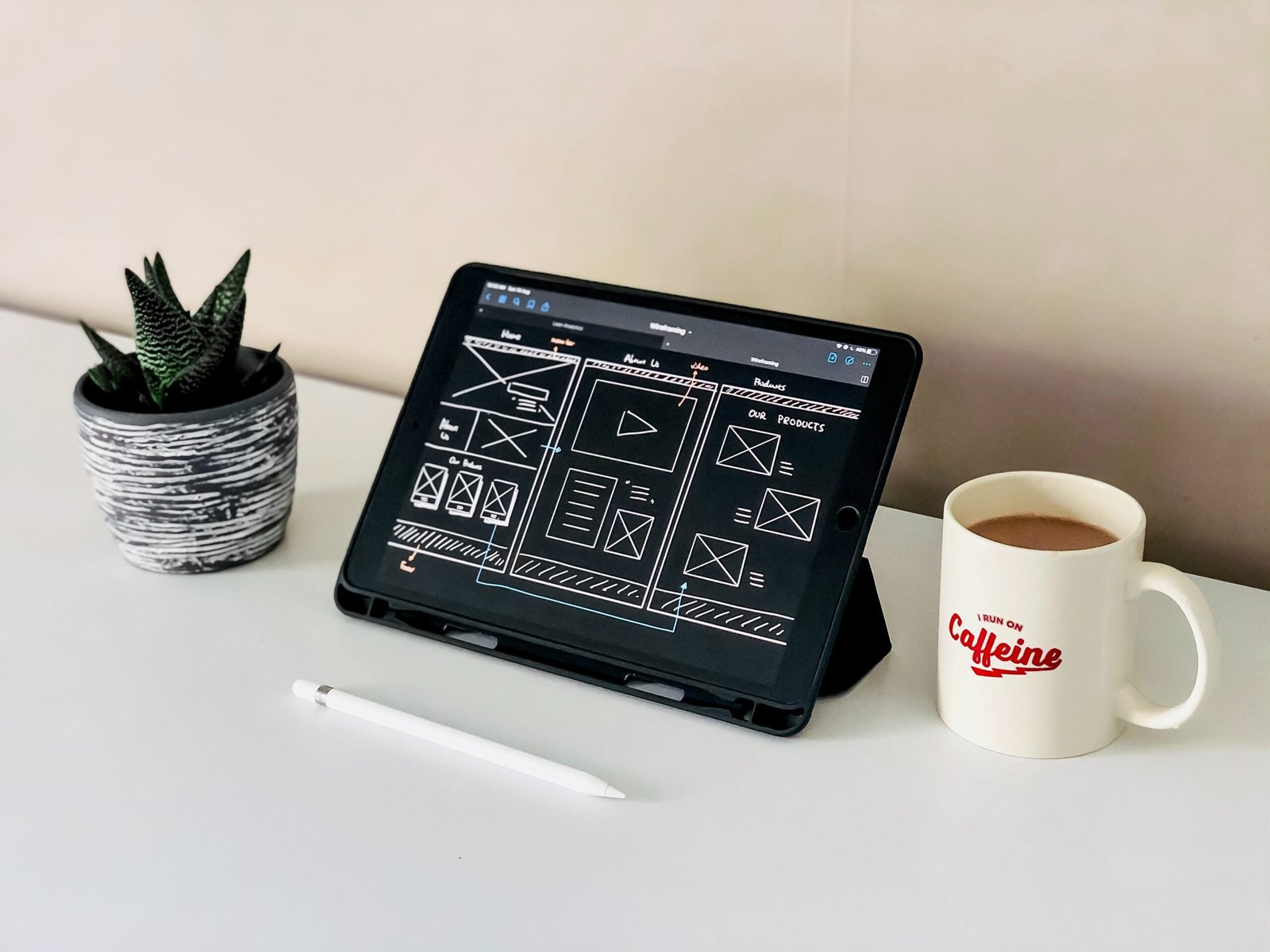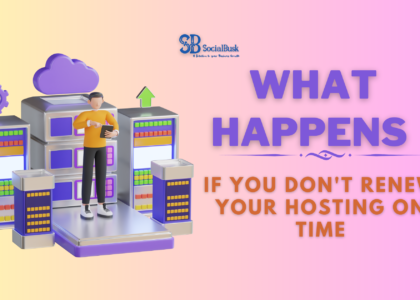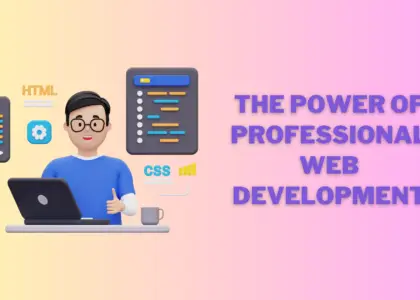The Role of Website Content in Website Design
Introduction
In today’s digital age, your website is often the first point of contact between your business and potential customers. It serves as a digital storefront, offering visitors a glimpse into what your brand represents and the value it can provide. While the design and functionality of a website are undeniably important, the content that fills the digital canvas is equally, if not more, vital. In this article, we will delve into the significance of website content in website design, and how it plays a pivotal role in attracting and engaging your target audience.
The SEO Connection
Search Engine Optimization, commonly known as SEO, is the foundation upon which a website’s visibility and success are built. SEO involves a set of strategies and practices aimed at improving a website’s ranking on search engine results pages (SERPs). The content on your website is a critical element of SEO, as it influences how search engines perceive and rank your site. Here’s why website content and SEO are inseparable:
Keywords and Relevance: When users search for information or products online, they use specific keywords or phrases. Quality website content incorporates these keywords naturally, making it easier for search engines to understand your site’s relevance to these queries.
User Experience: Content that is well-written and informative enhances the user experience. Visitors are more likely to stay on your website, engage with your content, and convert into customers when they find valuable, relevant information.
Authority and Trust: High-quality content establishes your website as an authoritative source in your niche. As users find your content helpful and trustworthy, they are more likely to return, share, and recommend your site to others.
Link Building: Valuable content attracts organic backlinks from other websites, which is a significant ranking factor for search engines. These backlinks enhance your site’s authority and contribute to higher search engine rankings.
Design and Content Integration
An aesthetically pleasing website design may draw visitors in initially, but it is the content that keeps them engaged and encourages them to explore further. Effective website design should seamlessly integrate with the content to provide a cohesive and compelling user experience:
Visual Hierarchy: The layout and design should emphasize the most important content, guiding users to key information. Headings, subheadings, and visual elements can help establish a clear visual hierarchy.
Readability: Content should be easy to read and scan. Proper typography, font size, and line spacing contribute to improved readability, ensuring visitors can quickly absorb the information they seek.
Multimedia Elements: Visual elements such as images, videos, and infographics can complement textual content, making it more engaging and informative. Properly optimized multimedia enhances user experience and can also boost SEO.
Consistency: Consistent branding and design elements create a cohesive look and feel for your website. When users encounter a uniform design, they are more likely to trust and remember your brand.
Engaging Your Audience
The ultimate goal of your website is to engage your target audience and convert them into loyal customers or clients. Content is the primary tool you have at your disposal to achieve this objective:
Educational Content: Providing informative and educational content not only answers your visitors’ questions but also positions your brand as an industry leader. When visitors trust your expertise, they are more likely to choose your products or services.
Storytelling: People connect with stories. Use your content to tell the story of your brand, its values, and its journey. This personal touch can create an emotional connection with your audience.
Call-to-Action (CTA): Well-crafted content should include compelling CTAs that guide visitors toward specific actions, such as making a purchase, subscribing to a newsletter, or contacting your business.
Social Sharing: Engaging content encourages users to share it on social media, expanding your reach and attracting new visitors.
User-generated Content: Encourage user-generated content, such as reviews and testimonials, to build trust and credibility with your audience.
Conclusion
In the world of website design, the importance of website content cannot be overstated. It is the bridge that connects your business with your audience, driving organic traffic, enhancing SEO, and ultimately converting visitors into customers. While an attractive and functional design is essential, it is the content that breathes life into your website and tells your brand’s story.
So, as you embark on your website design journey, remember that content is not just king; it’s the heart and soul of your online presence. Invest in high-quality, informative, and engaging content that resonates with your target audience, and you’ll be well on your way to online success.
If you’re looking to revamp your website and need expert guidance on content creation and design, our team at SocialBusk is here to help. Book a call with our experts or visit our website at socialbusk.com to learn more about our services. Your online success story begins with us!






